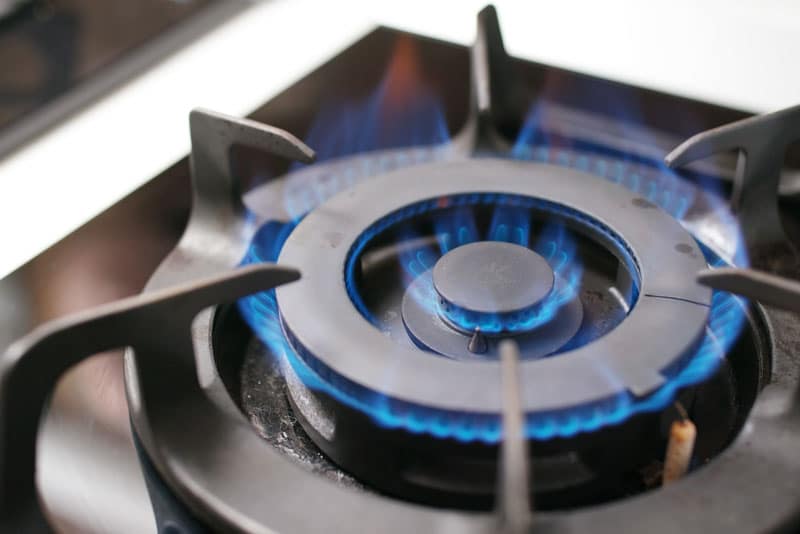Carbon Monoxide Poisoning in the Home: Part 1

Let’s look at the symptoms and sources of the poisonous gas that can harm our families and pets.
What is the impact of carbon monoxide poisoning in the U.S.?
The Center for Disease Control reports that over 400 Americans die from carbon monoxide (CO) poisoning every year, typically in their home or car. Many of these deaths occur during the winter months. These are the months when people heat their homes while minimizing outside ventilation.
Although CO levels may not prove high enough to be fatal, they can still result in serious illnesses. CO poisonings account for nearly 50,000 visits to hospital emergency departments each year.
Accurate statistics for animals aren’t available, but we know that more than a third of the country’s households have either a dog or cat. CO can also cause illness, poisoning, and death in household pets.
What are the symptoms of carbon monoxide poisoning?
Most people with mild exposure to CO experience headaches, fatigue, and nausea. Unfortunately, people often overlook these symptoms because they resemble the flu.
Moderate exposure to CO can cause a severe headache, drowsiness, disorientation, and an accelerated heart rate.
Extreme CO exposure usually leads to critical events such as unconsciousness, convulsions, heart and lung failure, coma, and death.
How is carbon monoxide produced?
We produce CO by burning carbon-based substances such as wood, paper, natural gas, gasoline, coal, cloth, etc.
A few of the sources that can produce CO include:
- Furnaces
- Water heaters
- Gas stoves and ovens
- Space heaters
- Fireplaces
- Woodstoves
- Charcoal grills
- Clothes dryers
The CO levels can become even more hazardous if these devices are not in good working condition. For example, there may be problems with ventilation (the system used to exhaust the CO from the device or area) due to age, improper installation, or inadequate maintenance.
Annual inspections will help to ensure proper ventilation for appliances that produce CO.
Vehicle exhaust fumes can also become CO hazards if your home has an attached garage. Never run a car or other vehicles in an attached garage, especially with a closed garage door. This scenario increases the risk of CO backing up into the house and endangering family and pets.
Furthermore, do not use kerosene heaters or charcoal grills indoors or in closed garages or sheds. Fuel-burning devices that are improperly exhausted or not used in closed environments can cause CO levels to rise high enough to result in death or severe illness.
If you have any questions or concerns about carbon monoxide poisoning, call the Illinois Poison Center hotline at 1(800)222-1222. This service is available 24/7 for information and treatment advice.

